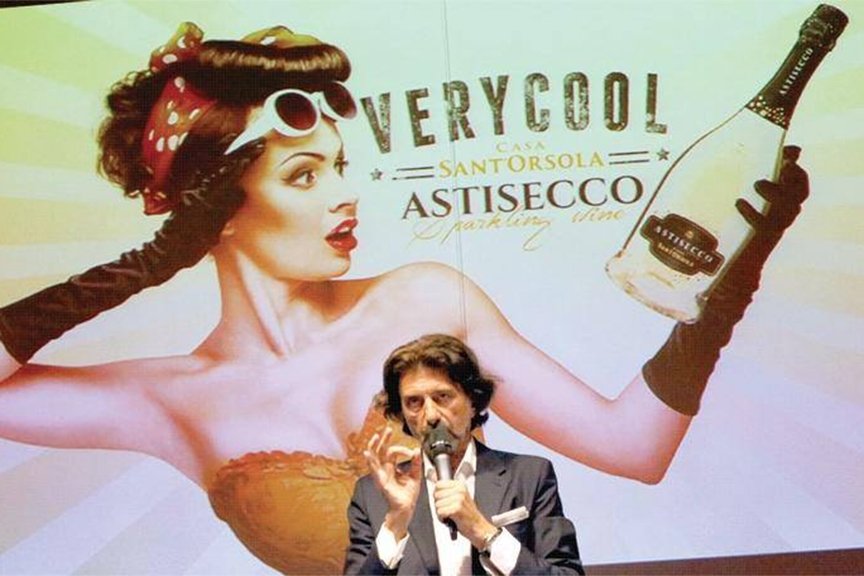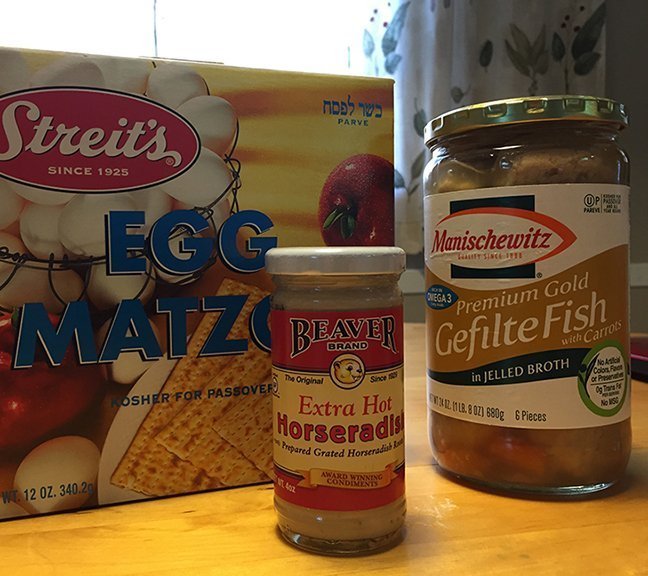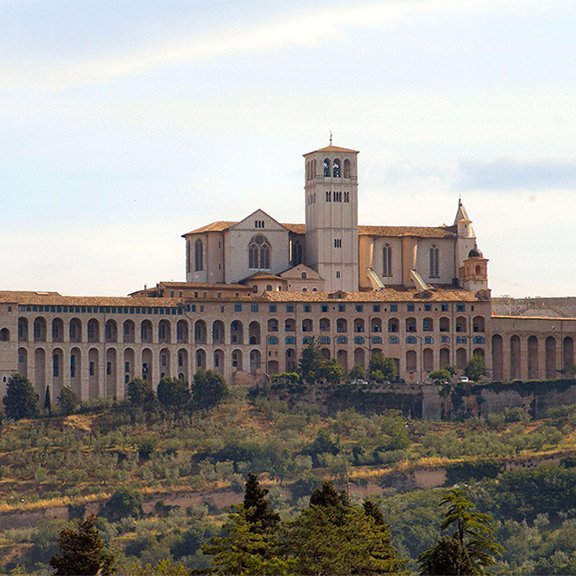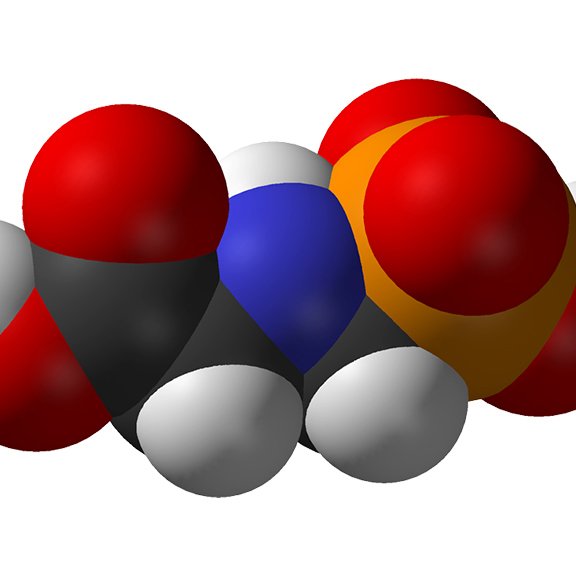Above: Gianni Martini, owner of the Sant’Orsola winery group (image via Dario Ujetto and the Eat Piemonte blog).
“A rose is a rose is a rose,” wrote Gertrude Stein famously. It was just one of the many expressions of her fascination with repetition and the way it shaped the “meaning of meaning” as some have put it.
Last Saturday, speaking at a wine industry event hosted by the Mirafiore Foundation in Piedmont, Italy’s agriculture ministry Maurizio Martina told the audience that “it’s very likely that the Asti Secco project will move forward. The ministry’s technical committee has approved the appellation regulations for the new DOC and they will now be presented to [Italy’s] national wine commission.”
He was referring to the creation of Asti Secco (Dry Asti), a dry wine made from Moscato grapes grown in Asti province in Piedmont.
The commission will vote on whether or not to approve the new appellation next month and if approved, production of Asti Secco could begin as early as May of this year according to a report published this week by the Italian national daily La Stampa.
Typically, historically, and traditionally, Moscato d’Asti has been used to make a sweet gently sparkling wine with low alcohol content. The break from tradition would represent a radical departure from the way Moscato d’Asti is perceived in world markets. Some industry observers and Prosecco grower groups have complained that the architects of the new appellation are trying to create confusion in the sparkling wine market place.
They contend that the name Asti Secco will confuse Prosecco consumers because of the similarity of the designations.
In a Facebook post this week, UniSG professor of agricultural law Michele Antonio Fino asked his readers: “Can you see the space between Asti and Secco [in the image above]? And more importantly, can you see the good faith?”
Some have alleged that the creation of this new appellation is brazen attempt to exploit “Italian sounding” branding infringement.
The term “Italian sounding” is used by the Italian government for what is known in the food and beverage industry as “foreign sounding” marketing strategies.
Have you ever had an “Asiago Ranch Chicken Club” from the Wendy’s fast food chain in the U.S.? It’s a textbook example of “foreign sounding” (and misleading) branding.
The Italian government estimates that “Italian sounding” products generate roughly 54 billion euros in sales each year.
Some Italian wine trade observers are alarmed that if approved, the Asti Secco appellation would represent an “Italian sounding” campaign implemented by Italians. The victims, as it were, of this misleading marketing strategy would be their fellow Italians, namely Prosecco producers, they point out.
It’s not yet clear what guidelines would be put in place for how the designation “Asti Secco” will appear in labeling. But it is clear, at least to some, that the potential marketplace confusion would harm the Prosecco “brand.”
Asti Secco is AstiSecco is Astisecco is Prosecco…
I’ll be following developments closely and will report back. And I’ll be covering this issue in my seminars this year for the UniSG Master’s in Wine Culture program.







